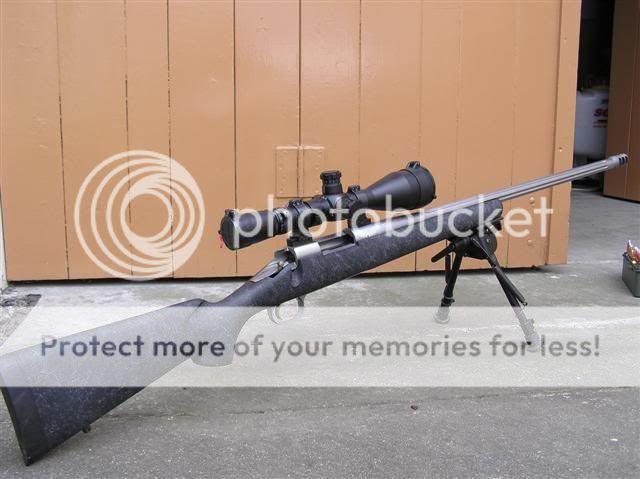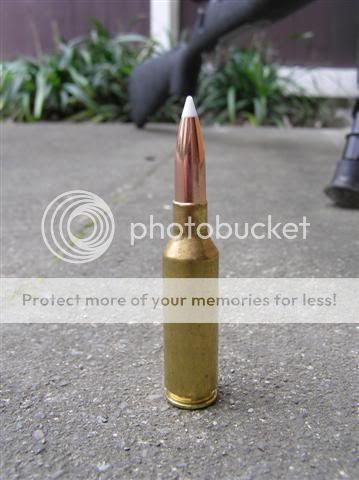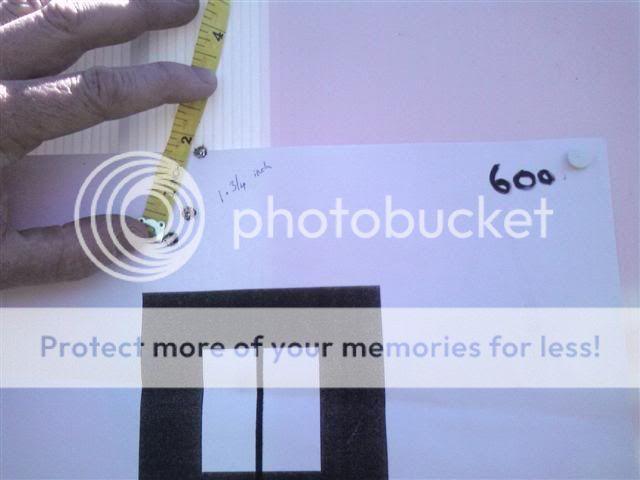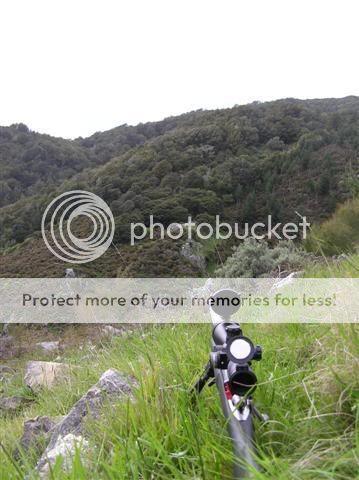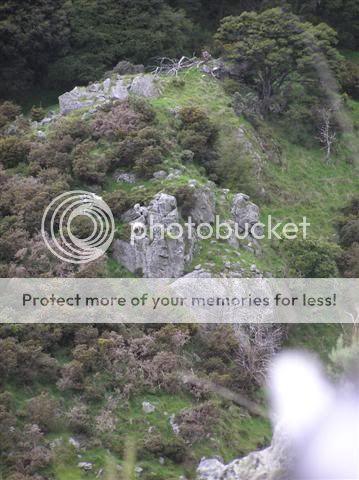Just curious if anyone's worked up their pet load and truly calculated the bullet B.C for any of these by plugging in the muzzle velocity, weather and drop data into their ballistic software after confirming the drop data in the field.
Looking for an accurate B.C for these bullets:
.277 Nosler Accubond 140 grain
.30 Nosler Accubond 180 grain
.30 Nosler Accubond 200 grain
Nosler has the 140 gr listed at 0.496, Exbal lists 140 gr Accubond at 0.496 as well. Accubond .30 180 gr is 0.507 on Nosler site and Exbal has 0.509 on multiple factory rounds. Accubond .30 200 gr is 0.588 on Nosler's site, Exbal doesn't have a factory 200 gr load listed.
I haven't been able to do this myself since both guns aren't quite finished yet. I guess I'm just wondering if these are close to actual numbers. I've been told that some manufacturers may slightly 'inflate the numbers' for marketing.
Thanks, guys.
Looking for an accurate B.C for these bullets:
.277 Nosler Accubond 140 grain
.30 Nosler Accubond 180 grain
.30 Nosler Accubond 200 grain
Nosler has the 140 gr listed at 0.496, Exbal lists 140 gr Accubond at 0.496 as well. Accubond .30 180 gr is 0.507 on Nosler site and Exbal has 0.509 on multiple factory rounds. Accubond .30 200 gr is 0.588 on Nosler's site, Exbal doesn't have a factory 200 gr load listed.
I haven't been able to do this myself since both guns aren't quite finished yet. I guess I'm just wondering if these are close to actual numbers. I've been told that some manufacturers may slightly 'inflate the numbers' for marketing.
Thanks, guys.

